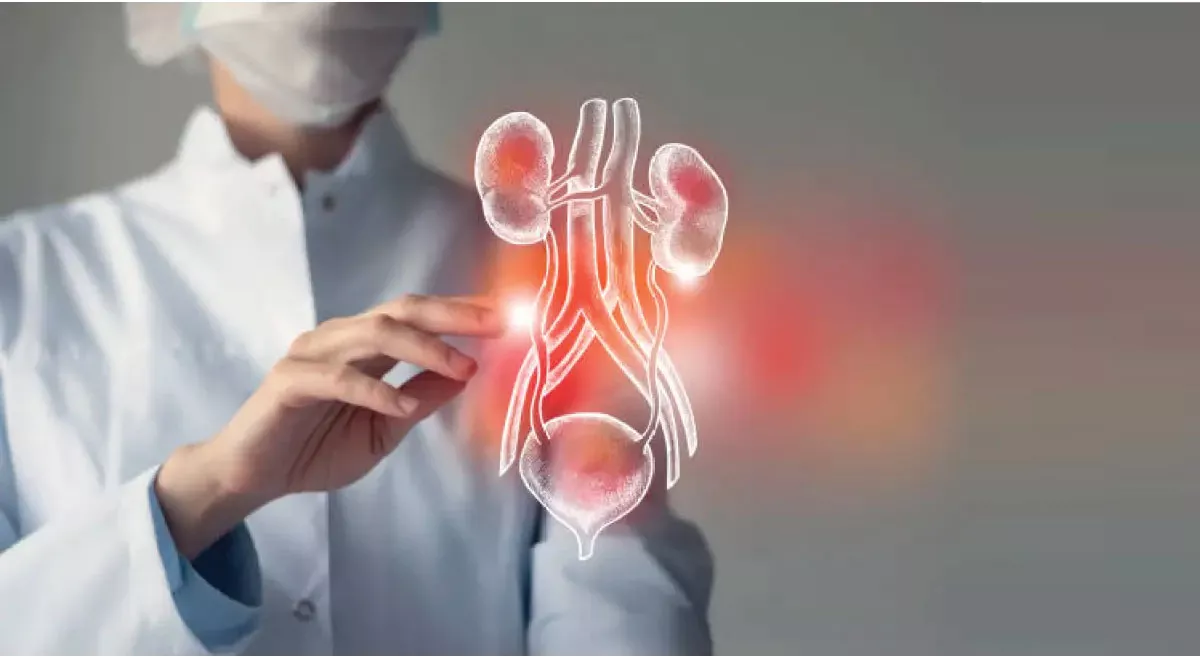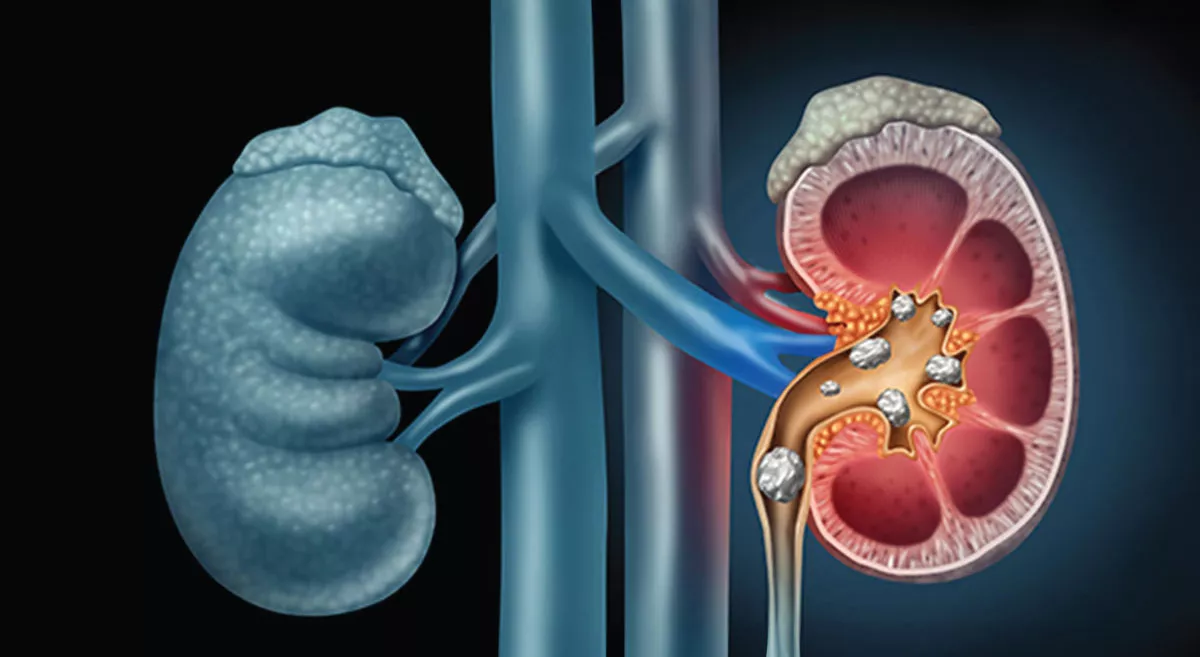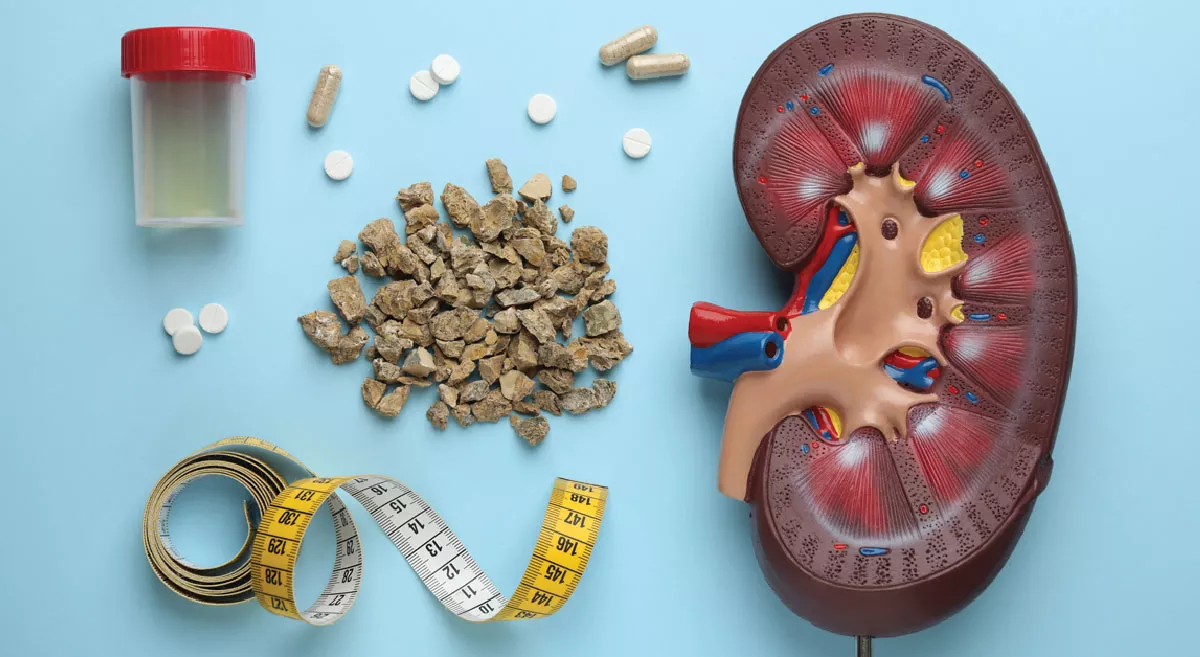Introduction:
Urological surgery has seen significant technological advancements mainly focusing on minimally invasive techniques that enhance patient outcomes and recovery times. Minimally invasive urological surgery refers to surgical techniques that use small incisions, specialized instruments, and advanced technology to treat urological conditions with reduced trauma to the body compared to traditional open surgery. From robotic-assisted procedures to new imaging technologies, this field has undergone a revolution, improving treatment options for conditions like prostate cancer, kidney stones, and bladder disorders.
Key Advances in Urological Surgery:
Robotic-Assisted Surgery
Robotic-assisted systems, such as the Da Vinci robot, have transformed the landscape of urological surgeries, particularly in prostatectomies and partial nephrectomies. These systems offer:
- Greater Precision: Surgeons can execute delicate movements with improved accuracy and control
- Improved 3D Visualization: High-definition, 3D imaging allows for better identification of critical structures.
- Reduced Trauma: Smaller incisions lead to less post-operative pain and speedy recovery.
Single-Port Surgery
This novel approach minimizes incisions further by allowing surgeons to perform procedures through a single entry point. It is commonly used in nephrectomies (kidney removal), with benefits such as:
- Fewer Scars: Only one small incision is needed, leading to improved cosmetic outcomes.
- Less Post-Operative Pain: Reduced tissue damage contributes to faster healing.
3D Printing in Urology
Customized 3D-printed anatomical models are increasingly used in surgical planning. Surgeons can:
- Visualize Complex Cases: These models provide a clearer understanding of a patient's unique anatomy, allowing for preoperative preparation.
- Practice Complex Procedures: Surgeons can rehearse surgeries before entering the operating room, enhancing precision and confidence.
Artificial Intelligence (AI) and Machine Learning
Artificial intelligence is gaining traction due to its accuracy and efficiency in detection, diagnostics, and decision-making processes. Applications include:
- Enhanced Imaging Analysis: AI algorithms assist in detecting early signs of prostate cancer and other urological conditions.
- Predictive Analytics: Machine learning models are helping predict patient outcomes and tailor personalized treatment plans.
Focal Therapy for Prostate Cancer
Focal therapy specifically targets only the tumor located within the prostate, unlike traditional radical prostatectomy, which removes the entire gland. This includes techniques like:
- High-Intensity Focused Ultrasound: Ultrasound waves are used to destroy cancer cells.
- Cryotherapy: Freezing cancer cells with minimal damage to surrounding tissue.
- Focal laser ablation (FLA): Heat emitted from a laser destroys cancer cells.
- Irreversible electroporation (IRE): Electrodes deliver electric shocks to destroy tumor cells.
- Transurethral Ultrasound Ablation of the Prostate (TULSA): Sound waves destroy tumor cells.
Ureteroscopy and Laser Lithotripsy for Kidney Stones
For patients with kidney stones, laser lithotripsy has become the gold standard. It involves:
- High-Precision Stone Removal: Lasers break up stones into fine particles that can easily pass or be extracted.
- Minimally Invasive: No need for large incisions or extended hospital stays.
Impact of These Advances on Patient Care:
- Shorter Recovery Times: Minimally invasive procedures reduce longer hospital stays and allow patients to return to daily activities faster.
- Lower Risk of Complications: Improved surgical techniques lead to fewer infections, blood loss, and complications.
- Better Quality of Life: Enhanced precision in surgery means more effective treatments with less damage to healthy tissue, reducing long-term side effects like incontinence and impotence.
Latest Urology Technology: The Future of Urological Surgery
Emerging technologies like nanotechnology, augmented reality (AR) for surgical navigation, and gene-editing tools such as CRISPR (clustered regularly interspaced short palindromic repeats) are poised to revolutionize urological surgery further. These innovations may open doors to even more personalized, effective treatments.
Conclusion
The latest advances in urological technology are driving significant improvements in effectiveness and patient treatment experience. With innovations in robotics, AI, and minimally invasive techniques, the future of urological surgery looks promising, offering more precise, tailored care than ever before. For more information, please reach out to Aster RV Hospital.
















